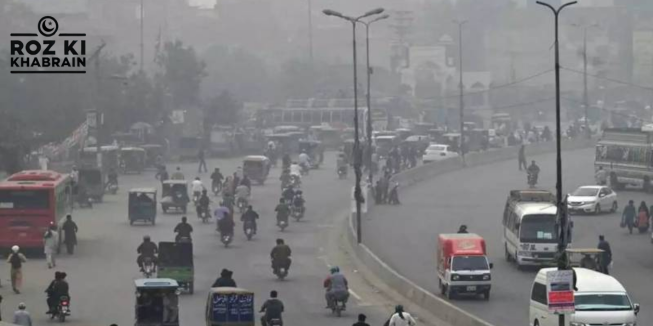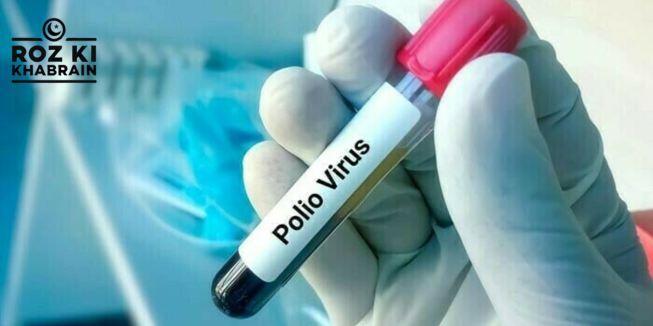Lahore has once again been recognized as the world’s most polluted city, according to the latest air quality data.
The city’s Air Quality Index (AQI) reached a concerning 553, marking it as a hazardous pollution level. This highlights the ongoing environmental crisis in Lahore, where deteriorating air quality continues to pose significant risks to public health.
In comparison, New Delhi, the capital of India, ranked second with an AQI of 425. This level of pollution, driven by high concentrations of particulate matter, poses serious health threats, particularly respiratory and cardiovascular diseases.
While New Delhi has frequently held a top spot in global pollution rankings, Lahore’s pollution levels have now surpassed its regional counterpart.
Karachi, Pakistan’s largest city, also faces its own pollution challenges. Ranked seventh globally, Karachi’s AQI was recorded at 186, which remains well above the safe threshold. While not as severe as Lahore and New Delhi, the city’s air quality continues to be a significant health concern, particularly for vulnerable populations such as children, the elderly, and those with pre-existing conditions.




